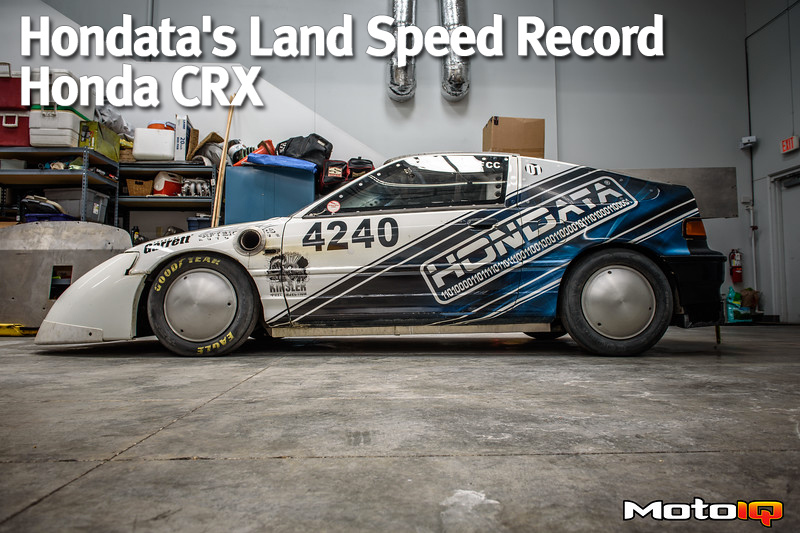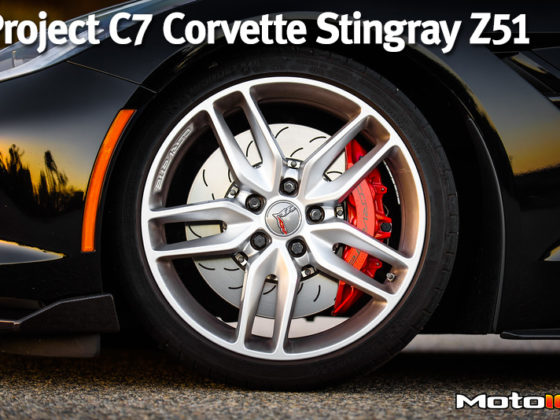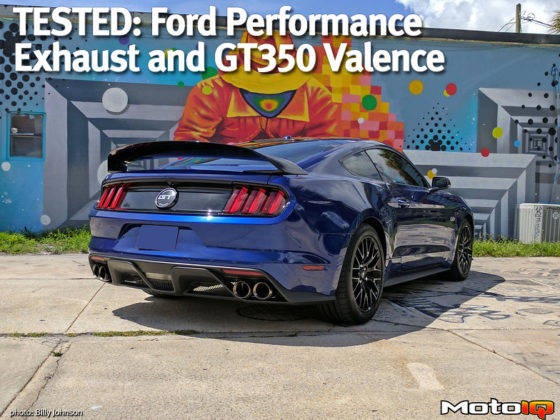,

LSR cages are much stronger, compared to the cages mandated in drifting and road racing for instance, but they are needed because of the violence that comes with high-speed crashes. Believe it or not, LSR cars often flip due to blow overs and air getting under the car during spins. If the chassis digs in and the car starts to do multiple rolls, the crash can rapidly become very violent.

Aluminum seats are considered to be better, as they can take multiple impacts without fracturing, unlike composite road racing seats. The seat must be attached to the chassis in two points: the traditional bottom mounts and the upper part of the seat must attach to the cage.


The two 10 pound fire bottles are not overkill. They are required by the rules. An LSR car course is very long, and since the speeds are so high, the safety vehicles must be kept way back from the actual course for their safety.
Because of this, it might take several minutes for the safety vehicles to reach the site of an accident even under the best possible conditions. For this reason, the car's internal fire system should have enough capacity to either put the fire out or to suppress a fire for a long time to allow for driver escape or rescue.



